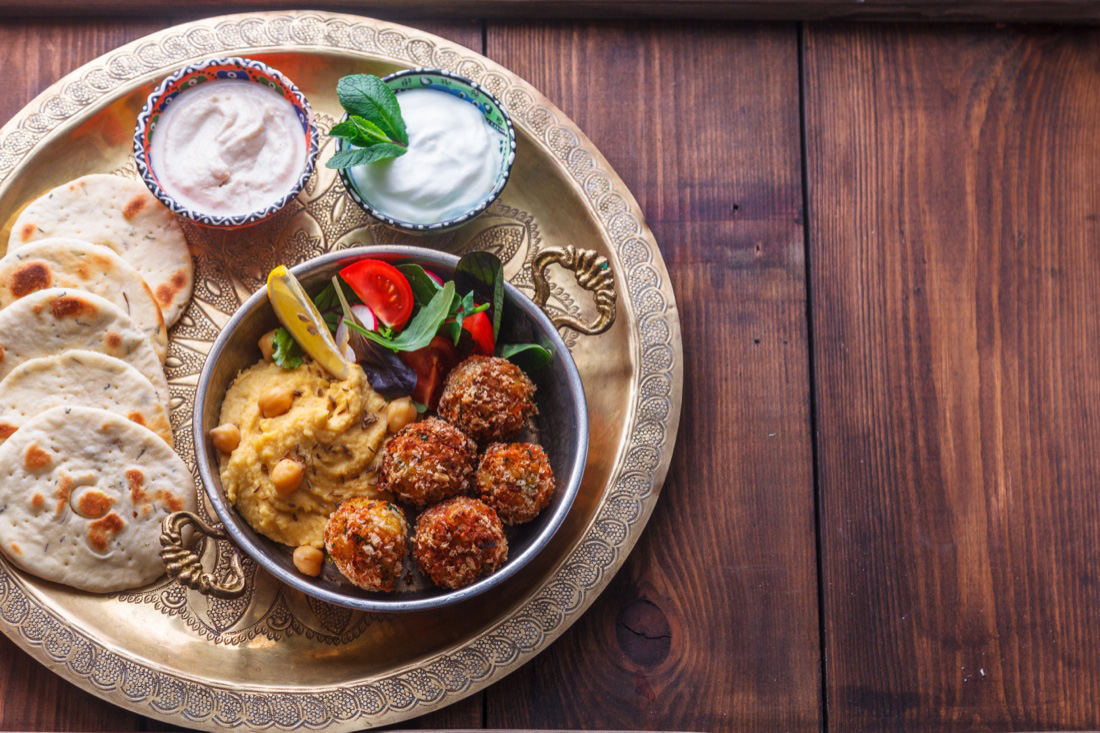

There is little other notation, and this is true of most early specimens. They are beautifully mounted, and on the latter, the plant names are written in script. Ghini’s herbarium is not extant, but those of his students, Gherardo Cibo (1512-1600) and Ulisse Aldrovandi (1522-1605) are (Nepi& Gusmerol, 2008). This may not seem like a very exciting topic to pursue, but I hope to show that following the label story tells a great deal about the history of plant collections and of plant science itself. To put it simply, the amount of information on a sheet has increased significantly, but even today, there is no “perfect” label, no standard for what be included and in what format. It is in the labeling that significant changes have occurred over the years and continue to occur. After this the specimen is mounted on heavy white paper and labeled. Today, the sheets of paper may be interleafed with felt pads and cardboard sheets to hasten drying. Moisture encourages the growth of fungi and other agents of decay, and pressing means the plant doesn’t curl up into an irregular mass as it dries. Plant material treated in this way can last indefinitely. This lack of “progress” is because the original approach was both easy and effective: press a plant between two pieces of paper to absorb moisture and to flatten it. It’s often noted that herbarium specimens are prepared today much as they were in the 16th century when Luca Ghini (1490-1556) created the first well-documented herbarium.

Specimen from the Ulisse Aldrovandi Herbarium at the University of Bologna


 0 kommentar(er)
0 kommentar(er)
